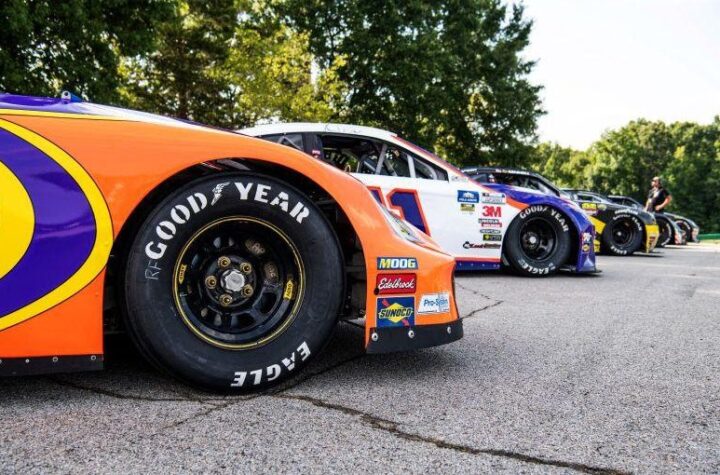
 If you consider that the sun drives the plant-growing cycle, then biomass-toliquid (BTL) fuels could be construed as a form of solar power.
If you consider that the sun drives the plant-growing cycle, then biomass-toliquid (BTL) fuels could be construed as a form of solar power.
One attractive thing about fuel generated by photosynthesis is that in the process of reducing CO2 to carbohydrates, oxygen is also released. Then when the fuel from biomass is burned, it returns the same CO2 to the atmosphere, and thus the cycle repeats. Itfs a net zero cycle with respect to CO2, an effective check on the growth of that particular greenhouse gas (aka: GHG).
Where the focus in the past has been on carbon monoxide, nitrous oxide, hydrocarbon and particulate matter, CO2 has become a more important focus for emissions in the future.v The BTL fuels are receiving a lot more study and push from the European Union, although recent meetings at the U.S. Department of Energy show interest levels growing here as well. Importantly, the BTL play is free from infrastructure transport, delivery or use issues.
These are not the biofuels produced by fermentation familiar to us now, but synthetic BTLs that have CO2 emission levels one-third that of biofuels using a straight comparison of biodiesel to synthetic BTL diesel fuel.
The EU is particularly interested in the BTL diesel side since it accounts for such a large share of the automotive fleet and could account for the preponderance of the fleet by 2020. The modern high-speed direct injection diesel was the key European answer to the fuel crisis of the 1970s and it also brought with it a reduction of GHG emission in its wake.
Recent 2004 EU directives for energy consumption of alternative fuels in 2020 call for reaching the target of more than 30 percent of total energy consumption being provided by biofuels, natural gas and hydrogen, with hydrogen providing the smallest contribution and BTLs providing the greatest. The EU is continually backing off on hydrogen and pushing other synthetics. But H2 could and would also be produced from synthetic BTL processing.
There are many programs afoot. One involves DaimlerChrysler, Volkswagen and the Freiberg, Germany-based Choren Industries GmbH who are in a cooperative effort producing synthetic BTL diesel fuels in small quantities right now. They are producing it initially from waste wood acquired from forest management. The effort first began with DCX and Choren, but Volkswagen is now fully aboard.
Volkswagen believes a designer BTL fuel would enable further improvements in engine and combustion technology. They see the possibility of combining the gasoline and diesel cycles into an optimized combined combustion system (CCS), and none of this would get in the way of parallel hybrid developments, all of which depend on IC engines at least to this point.
It’s possible CCS and hybrids burning less crude-oil based fuels and moving toward BTL fuels provide a clear path to the hydrogen highway with reductions in oildependence and lower emissions and onlyv incremental investments in hydrogen infrastructure along the way.











More Stories
Buying Car Insurance in Toronto? Don’t Make These Rookie Mistakes
Extend Your Range, Maximize Your Storage with FRDM’s 45 Gallon Combo
How to Install a Ford Bumper Yourself (Step-by-Step Guide)